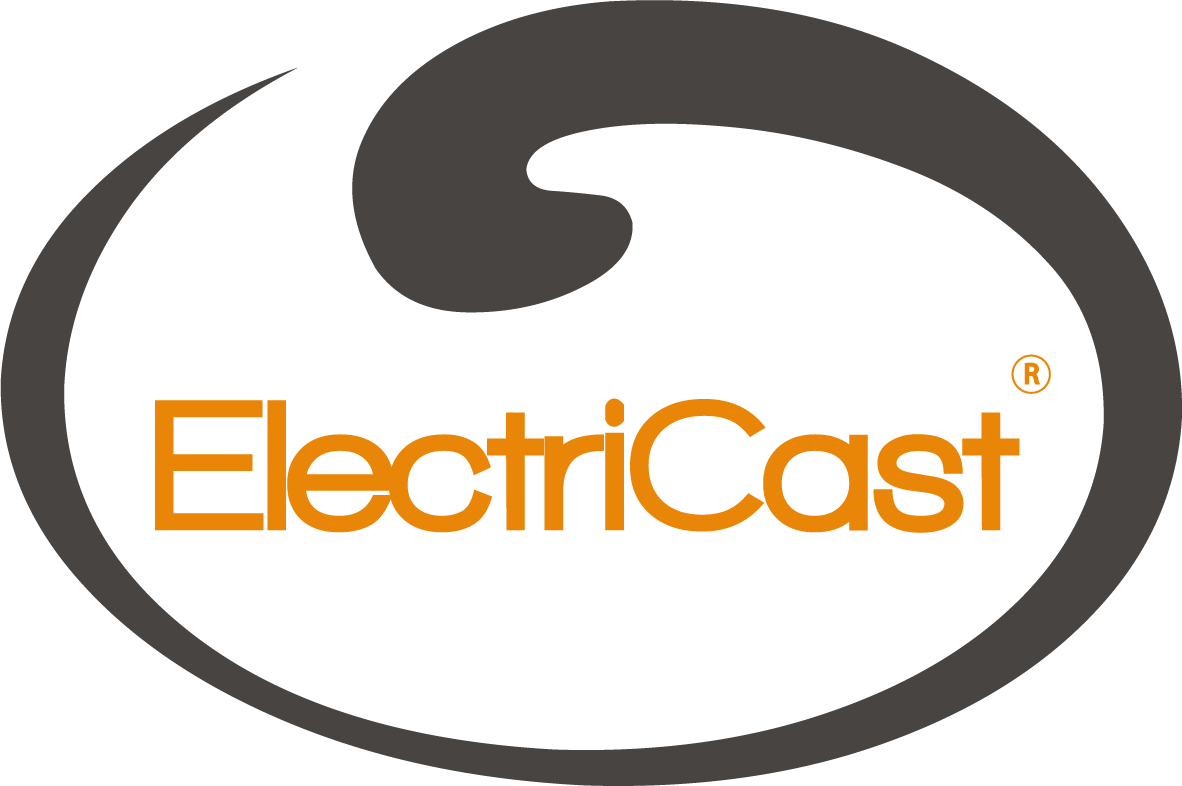When it comes to heating your homes, there are many different types of systems available. However, one option that has been around for over a century and is still popular today is the cast iron radiator. In this post we will look at some of the main benefits of cast iron radiators.
Save Energy
Cast iron radiators are energy-efficient radiators and a good energy saving radiator choice. Cast iron is far denser and heavier than steel, so the cast iron holds the heat for far longer once the power source has been switched off.
The cast iron radiator will gradually cool down whereas the steel radiator will lose its heat quicker, meaning a room will cool much more quickly.
Heat your room for longer
The conductivity of cast iron is higher than that of steel, so the heat transfer from the cast iron radiator surface into the room is much better than steel. Steel tends to emit a blast of heat in a short space of time whereas cast iron, although will take a little longer to reach temperature, will gently radiate an ambient heat over a much longer period of time. Higher amounts of carbon in cast iron allow it to retain heat for a longer period of time than steel.
This high carbon content allows heat to diffuse through the cast iron evenly, which means the surface conducts heat more efficiently, making the cast iron radiator a more energy efficient radiator.
In accordance with the EU Ecodesign Directive 2009/125/EC (specific information for the local space heater product range in Regulation 2015/1188), as of 1 January 2018, it is only permissible to put electrical local space heaters into operation if certain requirements have been met with regard to the regulation/control.
Environmental Protection
The aim of this regulation is to save energy as part of environmental protection. In this context, a distinction is made between output, portable or fixed heaters, and application.
Under the terms of the Regulation, each of these criteria has different requirements with regard to the regulation/control of the radiator. Because our ElectriCast product is bound by these requirements as it is used to control the radiators in question, the device was designed to clearly comply with the most stringent requirements of the directive right from the start.
Our ElectriCast radiators meets all of the regulation requirements in full.
Electricast Control Unit
The control unit has an automatic frost-protection setting. This can both prevent the freezing of liquid in the radiator in extreme cases, and can also maintain a low room temperature.
The default setting for the frost protection is between < 7°C and 15°C. If the radiator temperature falls below 7°C, the ElectriCast heating system switches on automatically, heats the liquid in the radiator to 15°C and then switches off again. An ice crystal appears on the display. If the temperature falls to < 7°C again, the heating system will switch on again.
This process is repeated continuously until the temperature increases to a value above 15°C again. This safety mechanism works even if no work programme has been selected. The only prerequisite is that the control unit is in standby mode and is therefore being supplied with current.
Design and Style
Another advantage of cast iron radiators is their aesthetic appeal. Cast iron radiators have a timeless design that can add a touch of elegance to any room. They are also versatile in terms of placement and sizing, as they come in a range of different styles and sizes to suit different spaces. Additionally, our cast iron radiators can be customised and painted, making them a great choice for anyone who wants to personalise their heating system.
Conclusion
Overall, cast iron radiators offer a range of benefits that make them a great choice for anyone looking for an effective, efficient, and stylish heating system. With their durability, heat retention, and being environmentally friendly, as well as their cost-effectiveness, cast iron radiators are an excellent option for anyone who wants to stay warm and comfortable in their home.
